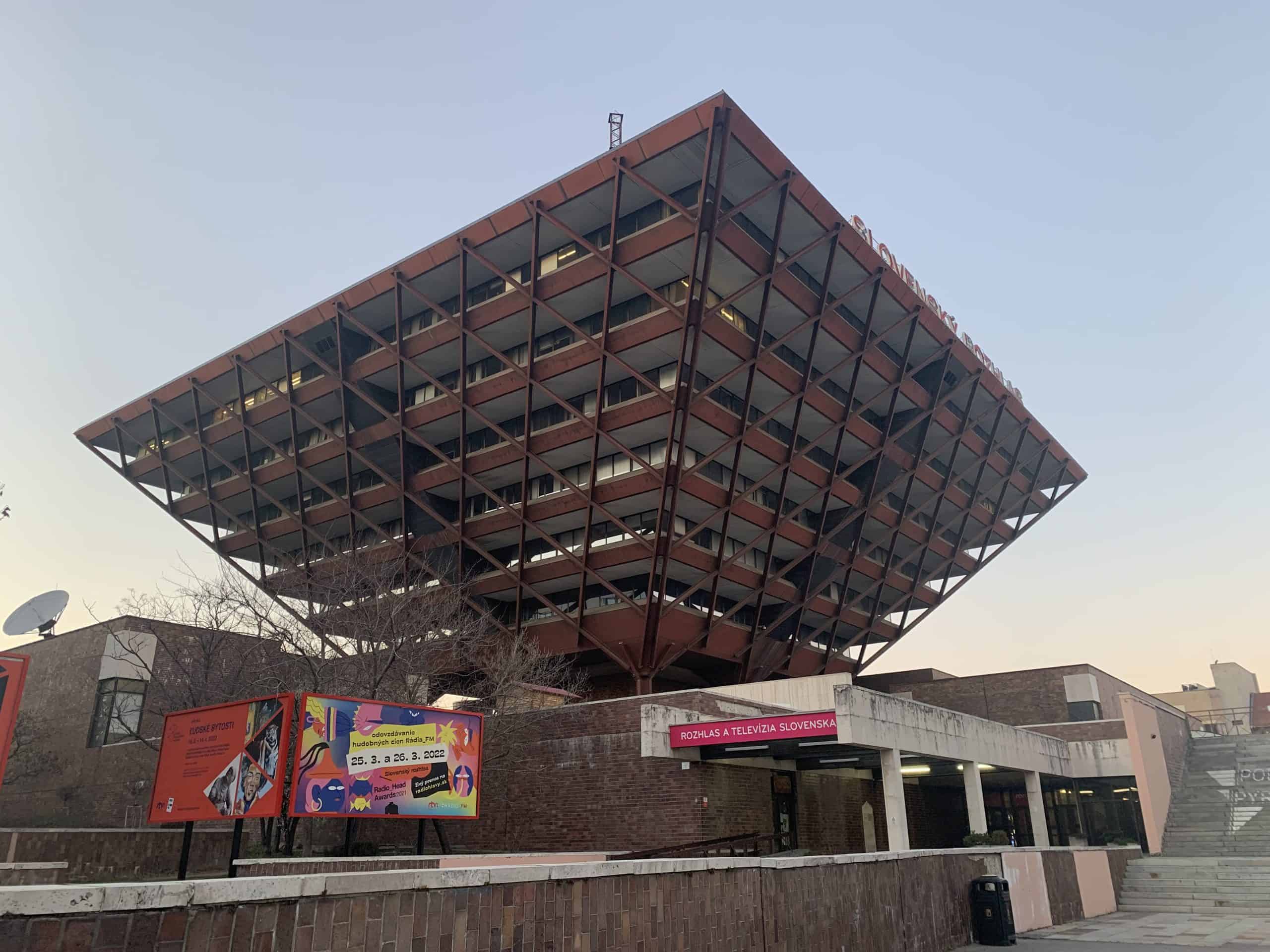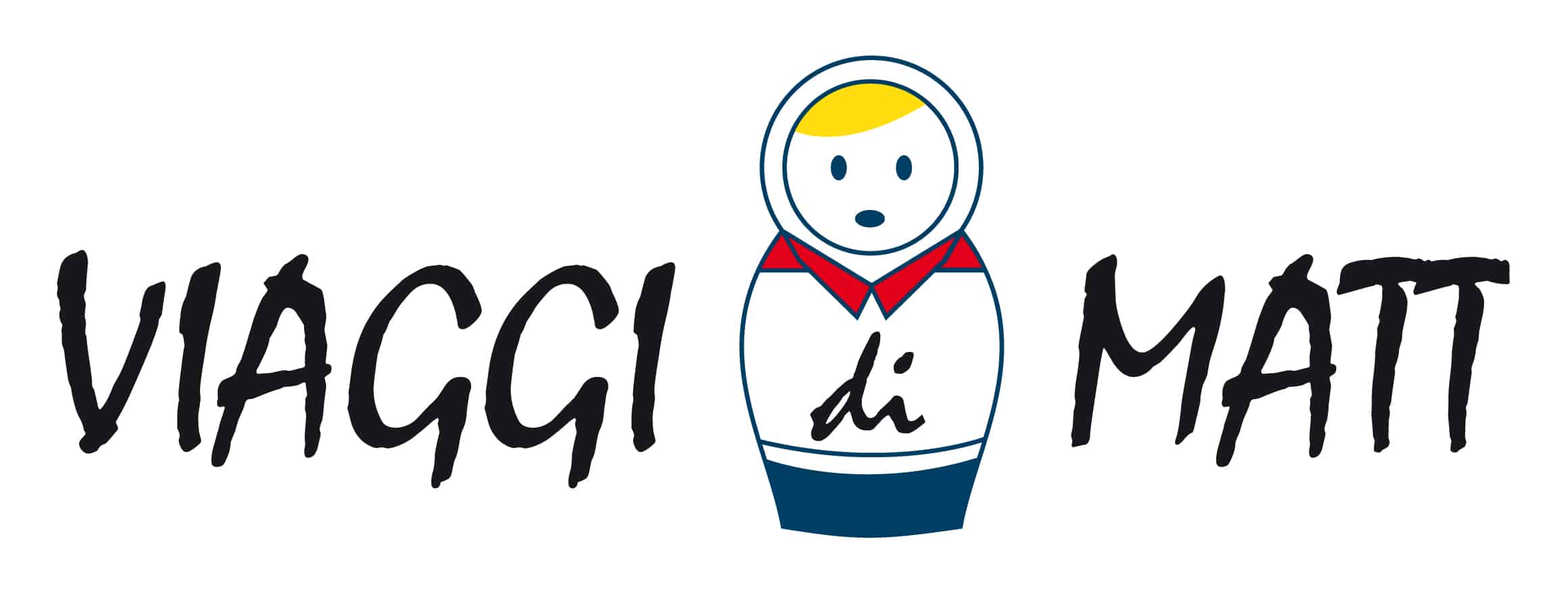
Bratislava has been the capital and economic and social centre of Slovakia since 1 January 1993, located on the border between Austria and Hungary.
Built at the intersection of the Amber Route, which connected the Baltic Sea with the Mediterranean Sea, and the Danube Route, which stretched from Eastern to Western Europe, Bratislava saw the Succession of Celts, Romans, Germans and Slavs and was between 1526 and 1784 the capital of the Kingdom of Hungary.
Strengthened by its historical and cultural riches, Bratislava today also proposes itself as a modern metropolis, open to Europe and the world.
Bratislava is one of the youngest capitals in the world with an equally young population.
During a walk through the historic center of Bratislava you will come across numerous testimonies of its glorious past.
The Porta di S. Michele, of Gothic origin, is today the only one of the four gateways to the fortified medieval city still well preserved. On its top stands a tower 51 meters high on which stands the statue of St. Michael. The tower is home to the Civic Museum and offers an interesting collection of medieval weapons. Within the walls of the city fortification, next to St. Michael’s Gate, is the narrowest house in Bratislava, whose façade measures only 160 cm, while under the Tower of St. Michael is placed the “Zero Point” indicating the distance of Bratislava from the main European capitals.
In Primatial Square, in the center, the most interesting building is undoubtedly the Primatial Palace, an imposing pink palace considered one of the jewels of Bratislava’s architecture. The Main Square is the epicenter of the social life of the city, where you can admire the tower of the old Town Hall, a building dating back to the fifteenth century is now home to a permanent exhibition dedicated to the history of the city.
Another interesting building is the Cathedral of San Martino where, between 1400 and 1700, 11 Hungarian sovereigns were crowned.
Slovak radio building has the shape of an inverted pyramid, it was built in 1983. The building is 80 meters high and has a concert hall with a large concert organ. The first broadcast was made in 1984, and regular broadcasting began on 27th March 1985.
Not far from the city center, on the top of the hill, is the national military cemetery, in Stalinist style. The Memorial, Slavin, is dedicated to the memory of the Red Army soldiers who died during the liberation of the Slovak capital from the Nazis.












